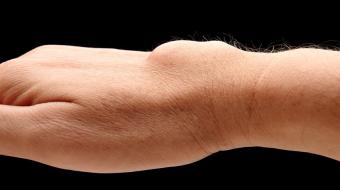Videos by New West Orthopaedic & Sports Medicine Centre | BC
At the New West Orthopaedic & Sports Medicine Centre, we are committed to working with athletes. Our therapists have worked with many National Teams ranging from Soccer to Gymnastics to Field Hockey. We also work closely with the BC Lions, the Vancouver Whitecaps, and Olympic athletes from a wide variety of sports. However, its not just professional or international level athletes who get our attention. We see far more weekend warriors and little leaguers than World Champions, and their successful rehabilitation can be just as rewarding and just as challenging. Our treatment programmes are quickly progressed to sport specific exercises and training techniques.
Our registered physiotherapists are active with various sport and community groups. Our treatment choices will depend on an individual’s needs, we all believe strongly in exercise based treatment programs. In addition to exercise prescription, we may choose from a wide repertoire of manual therapy techniques, electrical modalities, Intramuscular stimulation (IMS), ultrasound therapy, cryotherapy, and consultation.
We believe our job is done only when we have provided the education required to prevent problems in the future.










Latest Health Talk Comment
Dr. Bertrand Perey
, Orthopaedic Surgeon, at New West Orthopaedic & Sports Medicine Centre | BC in New Westminster, BC commented on: Patellofemoral Syndrome - Knee Pain " Brooke is a 15-year-old female volleyball player ".